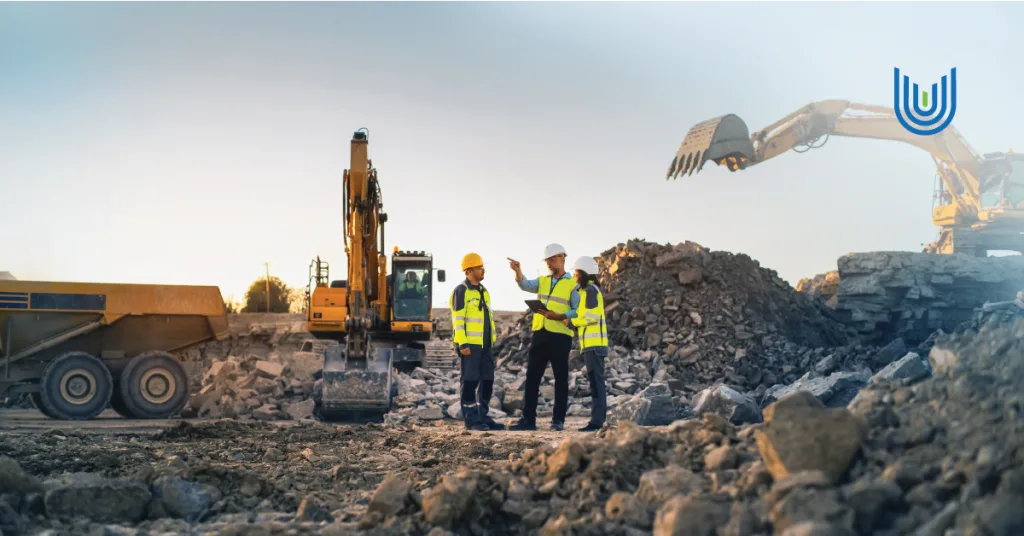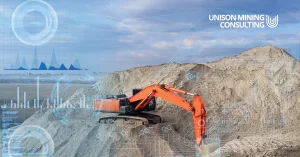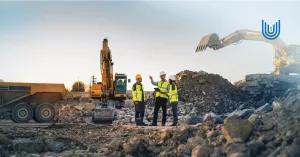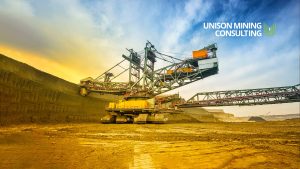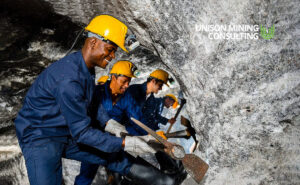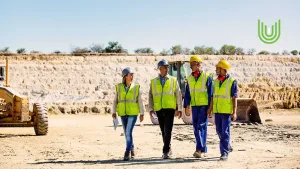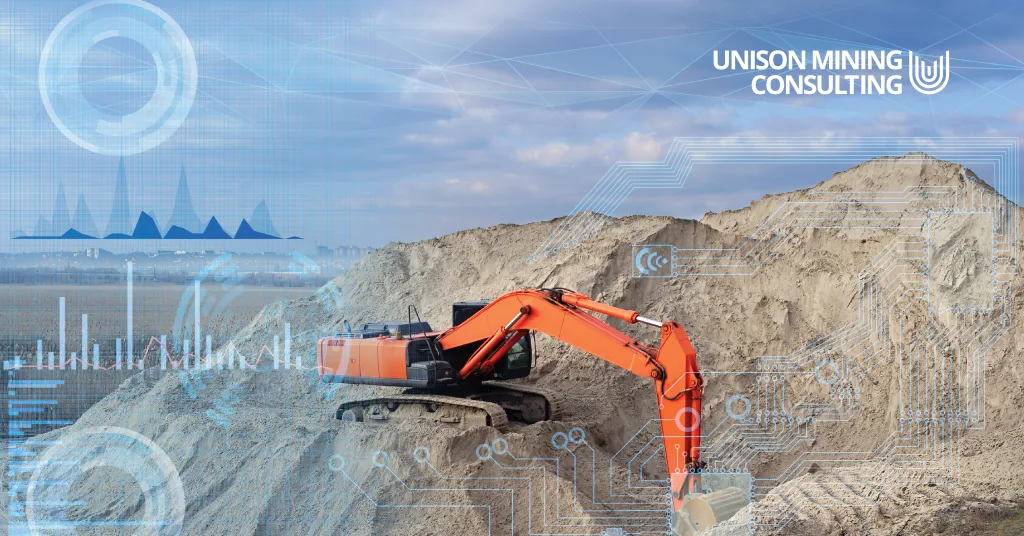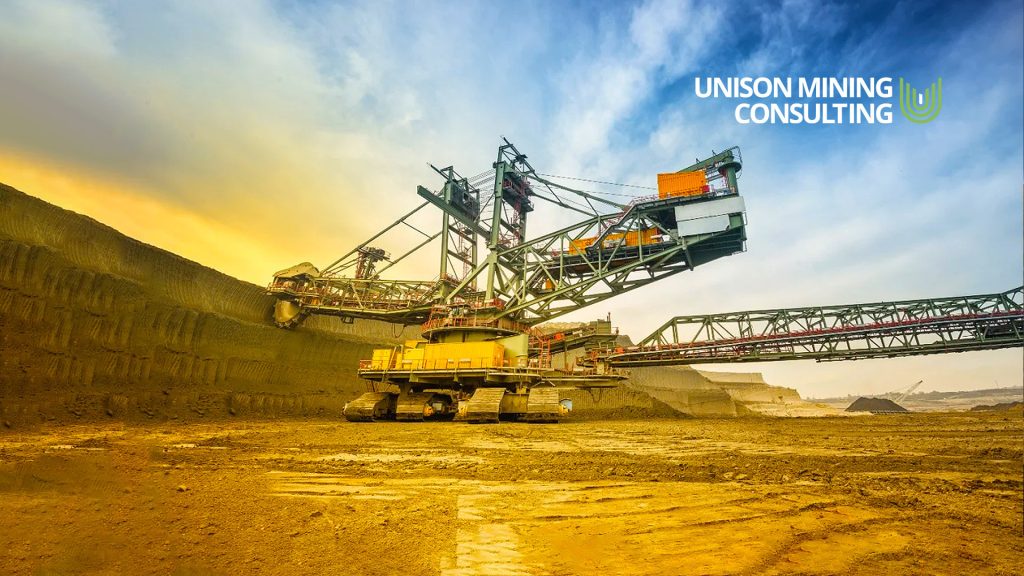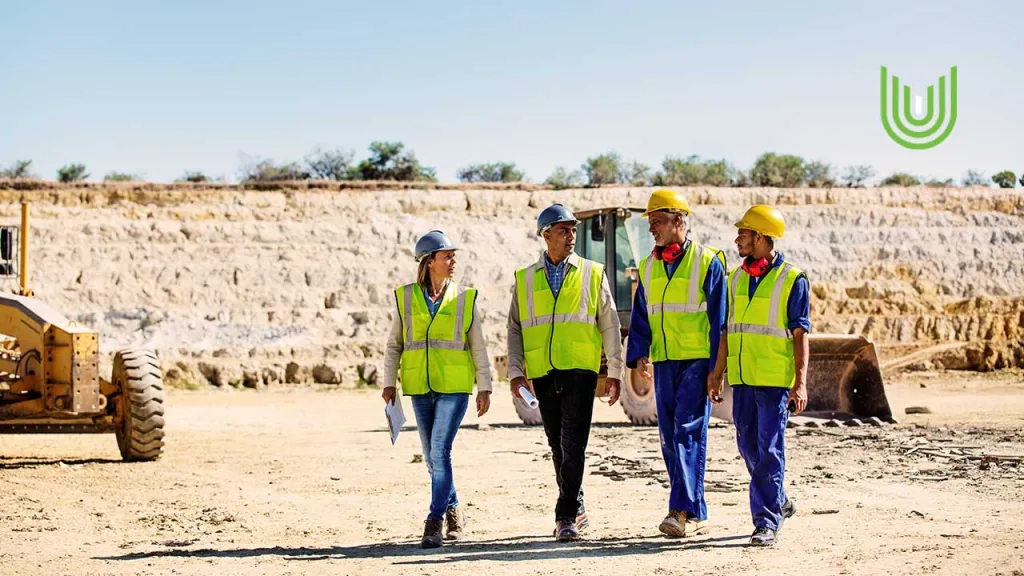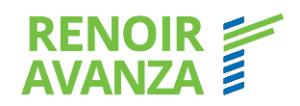While equipment utilization is one indicator of a productive mine, it’s far from the whole picture. What happens when your equipment isn’t being allocated to the right area on your mine site, at the right time, according to the most optimal sequence?
If miner planners and supervisors are overly focused on how much equipment is being utilized to its capacity, the next and perhaps, more important question often goes unasked – “How well is our equipment being utilized on the mine face to yield the greatest results?”
The goal of any mine is to decrease downtime, keep production levels optimal and enhance resource extraction. However, looking at mine productivity through the lens of the tool (equipment), rather than the process (the mine sequence), is a costly mistake.
While high equipment utilization is important, so is equipment availability when other variables call for it. These variables can range from the sequence of the process, the availability of mine operators, or distance between stopes. Thousands of decisions are made by mine supervisors daily about where to allocate equipment on a mine site based on these shifting variables. And often, these decisions are made based on the information at hand, which is often incomplete.
Why mine face utilization is the more holistic metric
Rather than looking purely at how utilized the tool or equipment is, the better question to ask is how well the surface area of the mine is being utilized. This takes a more zoomed out, holistic approach that focuses on optimizing the process, rather than the equipment used in that process.
Say, for instance, we take a hospital’s emergency room as an example. Would the operational efficiency of the ER be assessed based on how well-utilized the medical equipment is? Or instead, would it be how well the medical equipment is being allocated to the right place, at the right time, to save the most patients? Variables here would include the number of patients, whether the ER is understaffed and whether the right medical officer or specialist is available.
The same principle can be applied to a mine face in place of the emergency room. How well is the surface area of a mine being utilized to enhance the process? And how well are the variables at play consistently factored into decisions made by supervisors to increase mine productivity?
“Many supervisors pay more attention to the equipment. But what matters more than the equipment is how much time I’m spending intervening with the equipment. What matters is how the equipment interacts with the space of the mine area available, and the miners, in the right sequence. You don’t want to delay anything despite multiple variables at play, while also ensuring adherence to the mining sequence, making the most of resources available at every stage, whether labor and equipment,” explains Jesus Minjares Soule, Principal Consultant of Unison Mining.
Data-driven decision-making to enhance mine face utilization
With Unison Mining’s Master Schedule tool, variables can be more easily and consistently factored into decision-making by supervisors, enhancing mine face utilization. Instead of guessing what variables are affecting the mine cycle, these data points can be leveraged by the Master Schedule algorithm to ensure the optimal allocation of equipment according to a priority of tasks in a mining sequence.
Contact our mining experts to discover how a master schedule strategy can help your teams make better data-driven decisions at the mine face.


